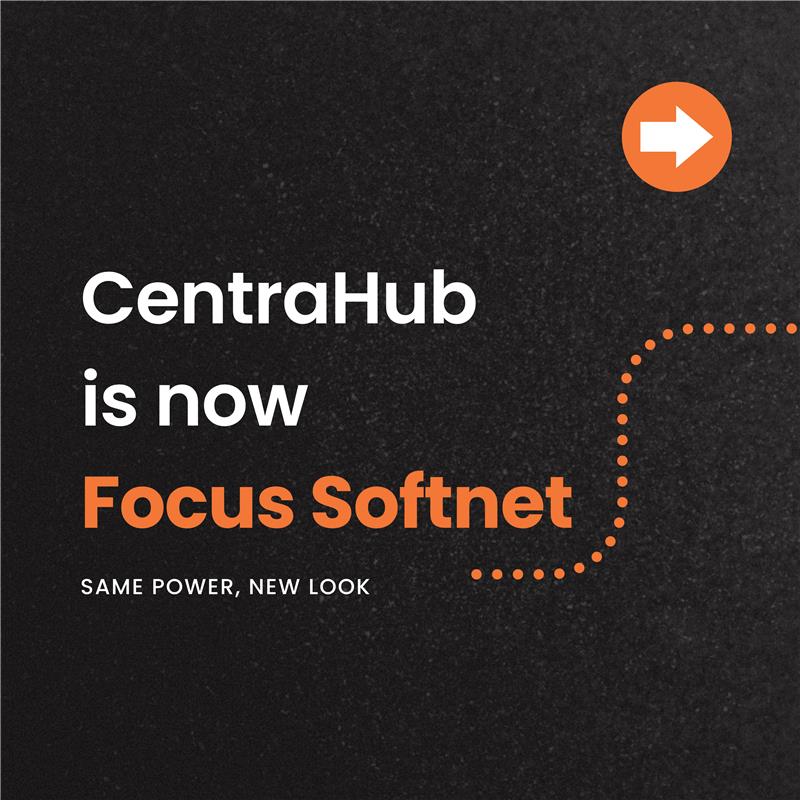

Implementing Human Capital Management (HCM) software successfully is crucial for organizations aiming to optimize their workforce management and HR processes. However, achieving HCM implementation success requires careful planning, robust strategies, and adherence to critical success factors.
HCM implementation involves deploying software to manage HR functions like payroll, recruitment, performance appraisal, and more. Successful implementation ensures seamless adoption and utilization of the HCM system software across the organization.
Effective change management strategies and cross-functional collaboration are critical components in successful HCM software implementation.
Needs assessment forms the foundation of HCM implementation. It involves meticulously analyzing organizational requirements and delving into HR processes' pain points, challenges, and objectives. This evaluation ensures the alignment of HCM software functionalities with precise business needs, optimizing system utilization.
A straightforward implementation roadmap emerges from need assessment, outlining a detailed plan encompassing objectives, timelines, milestones, and resource allocations. This roadmap serves as a guiding framework, elucidating roles, responsibilities, and the implementation's overarching direction for all stakeholders. Clarity in objectives and timelines ensures everyone involved comprehends their contributions, fostering a synchronized effort toward successful HCM deployment. This comprehensive roadmap not only streamlines the implementation process but also acts as a strategic tool, aligning the software's capabilities with organizational objectives, thereby enhancing the effectiveness of the HCM system's integration.
Stakeholder involvement during the planning phase of HCM implementation is pivotal. Engaging diverse stakeholders from various departments solicits valuable input, addresses their concerns, and integrates their perspectives into decision-making processes. Their active involvement cultivates a sense of ownership and commitment, which is crucial for successfully adopting and accepting the new system.
Stakeholder involvement during the planning phase of HCM implementation is pivotal. Engaging diverse stakeholders from various departments solicits valuable input, addresses their concerns, and integrates their perspectives into decision-making processes. Their active involvement cultivates a sense of ownership and commitment, which is crucial for successfully adopting and accepting the new system.
Effective communication strategies play a pivotal role in facilitating a smooth transition. Robust communication plans elucidate the advantages of the new HCM system, manage expectations, and alleviate apprehensions among employees. Additionally, comprehensive training programs are indispensable. They equip users with the necessary skills and knowledge to navigate the software proficiently, reducing resistance to change and ensuring a higher level of comfort and competence with the new system. This collaborative approach to stakeholder engagement, communication, and training lays a solid foundation for successful HCM implementation, fostering acceptance, and maximizing user adoption.
A collaborative approach in HCM implementation entails fostering cooperation among HR, IT, finance, and pertinent departments. This collaboration ensures a holistic view, incorporating diverse perspectives to tailor the HCM system to meet distinct departmental needs. Engaging multiple departments ensures alignment with organizational objectives and enhances system effectiveness.
Simultaneously, project management oversight plays a pivotal role. Appointing dedicated project managers facilitates seamless coordination between teams. These managers oversee progress, manage risks, and maintain project alignment with established timelines and objectives. Their oversight ensures the implementation stays on track, mitigates potential setbacks, and fosters a cohesive approach across departments. By encouraging collaboration and providing dedicated oversight, organizations can ensure a harmonious integration of the HCM system that addresses the specific needs of various departments while maintaining project efficiency and direction.
Regularly assess the performance of the HCM system after implementation. Collect feedback from users, analyze key metrics, and identify areas for improvement. This ongoing evaluation allows for adjustments and enhancements as needed.
The post-implementation phase involves continuous evaluation and adaptation of the HCM system for optimal performance. Regular reviews enable the collection of user feedback and analysis of key metrics, identifying areas necessitating improvement. This ongoing evaluation facilitates necessary adjustments and enhancements, ensuring the system remains aligned with organizational objectives.
Choosing an HCM system that prioritizes adaptability and scalability is crucial. Selecting an HCM system that is flexible and scalable enables the accommodation of future organizational changes. It should seamlessly adjust to shifts in workforce size, business processes, and structure. Routine updates and upgrades sustain the system's relevance, incorporating technological advancements and industry best practices. Embracing adaptability and scalability ensures the HCM system evolves with the organization's changing needs, fostering long-term efficiency and effectiveness in managing HR processes.
Focusing on comprehensive planning and strategizing helps organizations significantly increase the likelihood of laying the foundation for a smooth HCM implementation.